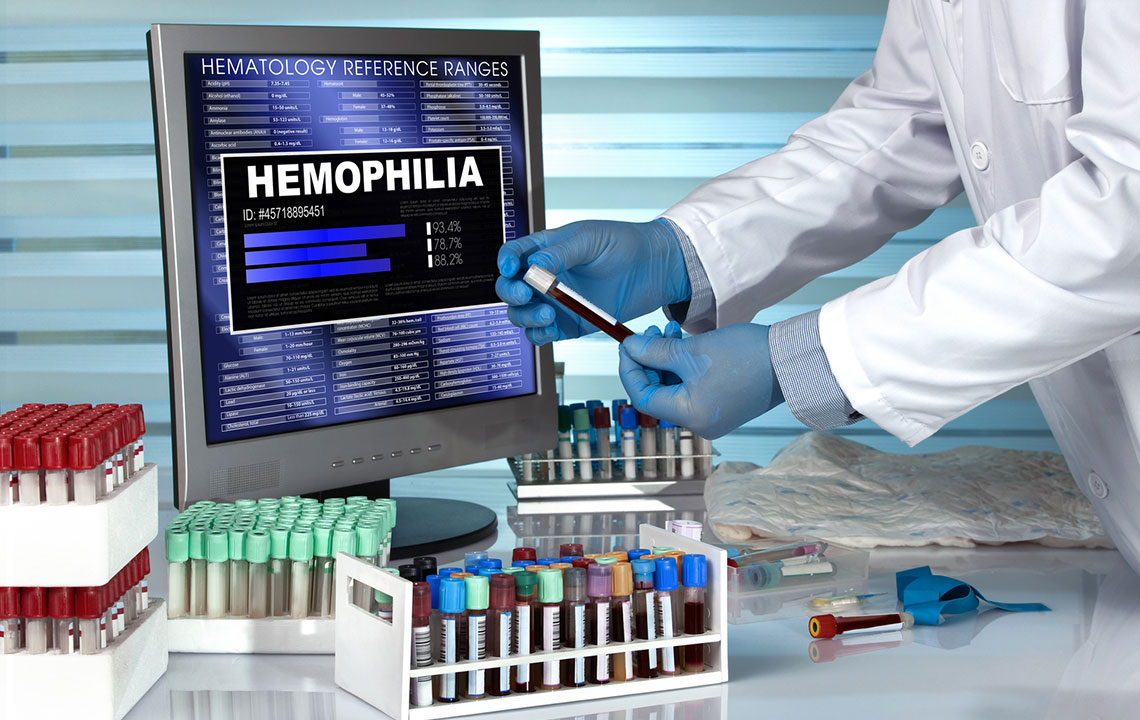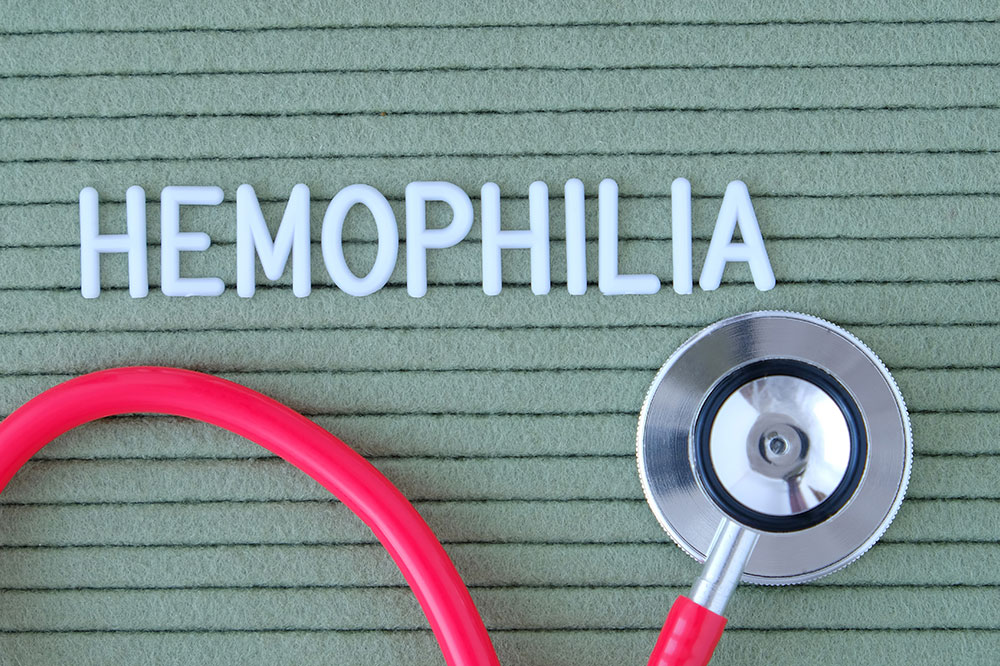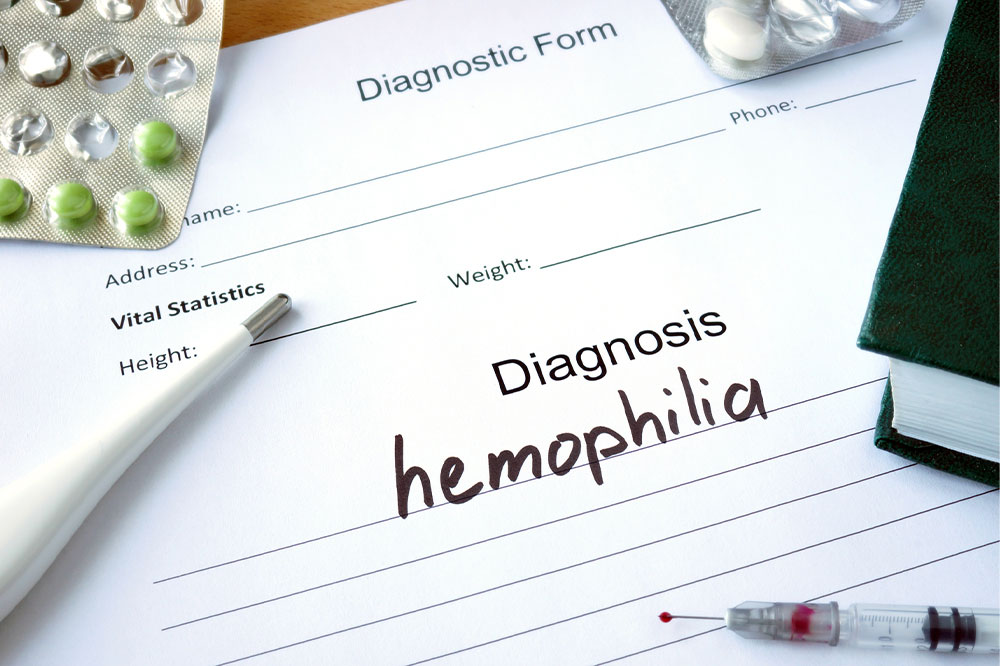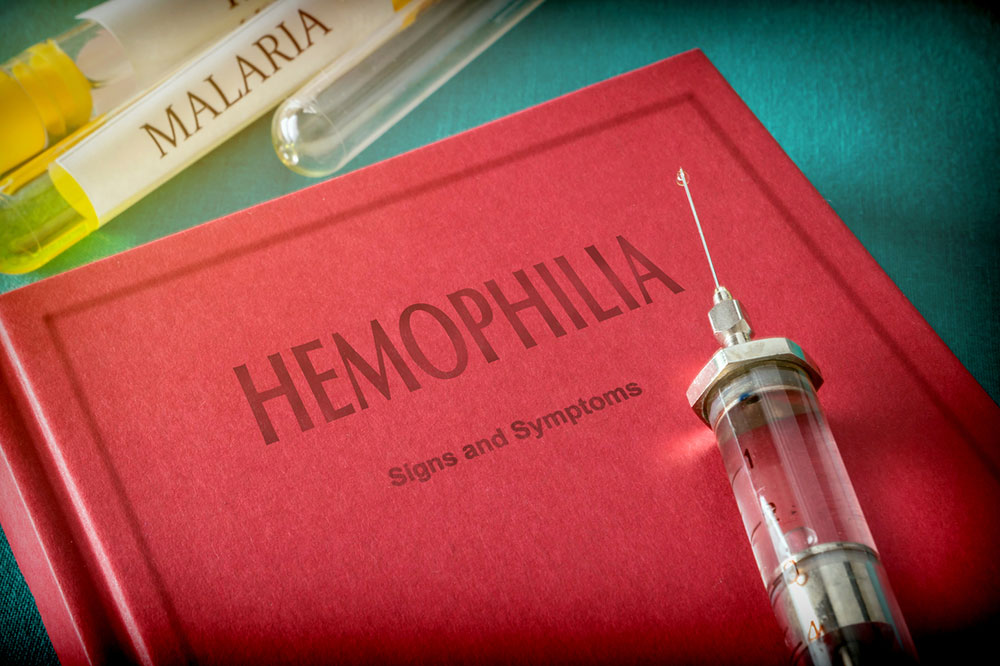Comprehensive Guide to Hemophilia: Causes, Diagnosis, and Future Outlook
This comprehensive article provides detailed insights into hemophilia, covering its causes, types, diagnostic procedures, and treatments. It emphasizes the importance of early detection, ongoing management, and future prospects for improving quality of life. Perfect for understanding this rare but impactful bleeding disorder and its management strategies.

Comprehensive Guide to Hemophilia: Causes, Diagnosis, and Future Outlook
Hemophilia is a rare, inherited bleeding disorder characterized by the body's inability to properly form blood clots due to a deficiency or absence of specific clotting factors. This genetic condition impacts the blood's ability to stop bleeding effectively, leading to prolonged bleeding episodes, spontaneous internal hemorrhages, and a higher risk of serious complications. Though it is a relatively uncommon disorder, hemophilia can have significant impacts on quality of life if not diagnosed and managed properly. Understanding the distinctions between different types, diagnostic methods, and treatment options is essential for patients, caregivers, and healthcare providers alike.
According to health authorities such as the Centers for Disease Control and Prevention (CDC), hemophilia is predominantly classified into two main types: Hemophilia A and Hemophilia B. Each varies in the specific clotting factor deficiency involved, clinical presentation, and management strategies. This detailed overview offers insights into the causes, diagnostic procedures, treatment options, and prognosis for patients living with hemophilia, emphasizing the importance of early detection and ongoing care to ensure a better quality of life.
Understanding Hemophilia: Causes and Types
Hemophilia is primarily a genetic disorder inherited in an X-linked recessive pattern, which means it predominantly affects males, though females can be carriers. The disorder stems from mutations in genes responsible for producing clotting factors, essential proteins in the blood that facilitate normal coagulation. The two main types are:
Hemophilia A: This is the most common form, accounting for approximately 80% of cases. It results from a deficiency or dysfunction of clotting factor VIII. Symptoms can range from mild to severe, depending on the level of factor VIII in the bloodstream.
Hemophilia B: Sometimes called Christmas disease after the first patient identified with this condition, it is caused by a deficiency of clotting factor IX. Like Hemophilia A, severity varies based on the extent of factor IX deficiency.
Other Forms of Hemophilia
While the classic forms are inherited, rare cases of acquired hemophilia can develop later in life due to autoimmune conditions, certain medications, or other underlying health issues. Acquired hemophilia involves the production of antibodies against the body's own clotting factors, leading to bleeding abnormalities. Though less common, this variant requires different management strategies and poses unique diagnostic challenges.
Symptoms and Clinical Presentation
Individuals with hemophilia may experience spontaneous bleeding episodes without an apparent cause, especially into joints, muscles, or internal organs. Common symptoms include:
Excessive bleeding from minor cuts or injuries
Unexplained bruising or hematomas
Recurrent joint bleeding leading to swelling and pain
Bleeding into muscles, skin, or internal tissues
Prolonged bleeding after dental procedures, surgeries, or trauma
Diagnostic Procedures for Hemophilia
Accurate diagnosis is crucial for effective management. Healthcare professionals begin by reviewing the patient’s medical history, focusing on bleeding tendencies and family history. Laboratory testing is essential to confirm the presence of the disorder and to evaluate its severity. The standard diagnostic tests include:
Complete Blood Count (CBC): Offers a broad overview of blood components, including red and white blood cell counts, hemoglobin levels, and platelet counts. While CBC alone may not diagnose hemophilia, abnormalities can support further testing.
Prothrombin Time (PT): Measures how quickly blood clots through the extrinsic pathway. Usually normal in hemophilia, but abnormalities can indicate other bleeding disorders.
Activated Partial Thromboplastin Time (aPTT): Critical in diagnosing hemophilia, as it measures the time it takes for blood to clot via the intrinsic pathway. Prolonged aPTT typically suggests a deficiency of clotting factors VIII or IX.
Clotting Factor Assays: Quantitative tests to directly measure the levels of clotting factors VIII and IX, confirming the specific deficiency and severity.
Other Tests: Fibrinogen levels and mixing studies can help distinguish hemophilia from other bleeding disorders or acquired causes.
Management and Treatment Options
While hemophilia is a lifelong condition with no current cure, advances in medical science have made it highly manageable. The primary goal is to prevent and control bleeding episodes, reduce joint damage, and improve overall quality of life. Treatment strategies include:
Clotting Factor Replacement Therapy: Administering synthetic or recombinant clotting factors to replace the deficient proteins. This can be done periodically in severe cases or on demand during bleeding episodes. Advances in recombinant technology have increased safety and efficacy, making home treatment feasible.
Desmopressin (DDAVP): Useful mainly for mild Hemophilia A, this medication stimulates the release of stored factor VIII from the body’s tissues, providing a temporary boost.
Medications to Control Bleeding: Antifibrinolytic agents like tranexamic acid or aminocaproic acid help stabilize blood clots and prevent breakdown in certain bleeding situations.
Physical Therapy: For managing joint bleeds and preventing long-term joint damage resulting from recurrent hemorrhages.
Preventive Care and Monitoring: Regular visits, blood tests, and personalized management plans are vital to prevent complications and ensure timely intervention.
Prognosis and Lifestyle Considerations
The severity of hemophilia varies widely—from mild cases with infrequent bleeding to severe cases with recurrent internal hemorrhages. With proper treatment and ongoing medical supervision, individuals with hemophilia can lead active, fulfilling lives. Many can participate in sports, maintain employment, and manage everyday activities effectively. Preventive care, such as avoiding injuries, maintaining good dental hygiene, and adhering to treatment protocols, is crucial to minimizing complications.
Early diagnosis, prompt treatment, and advances in gene therapy research hold promising prospects for the future. Although a complete cure remains elusive, therapies are continuously improving, aiming to increase safety, reduce treatment burdens, and normalize life expectancy. Patients and caregivers should stay informed about emerging treatments and work closely with specialized healthcare teams to optimize health outcomes.





